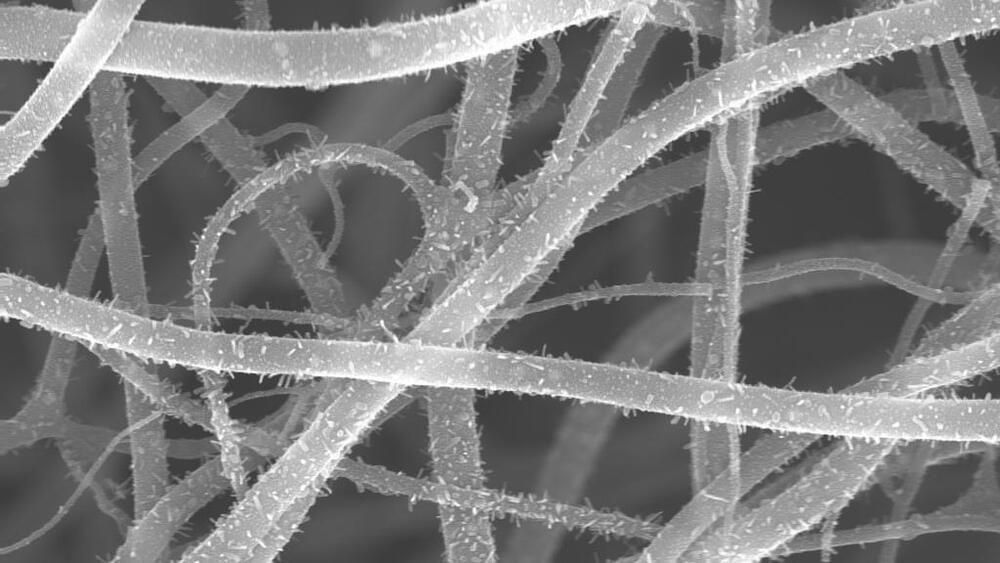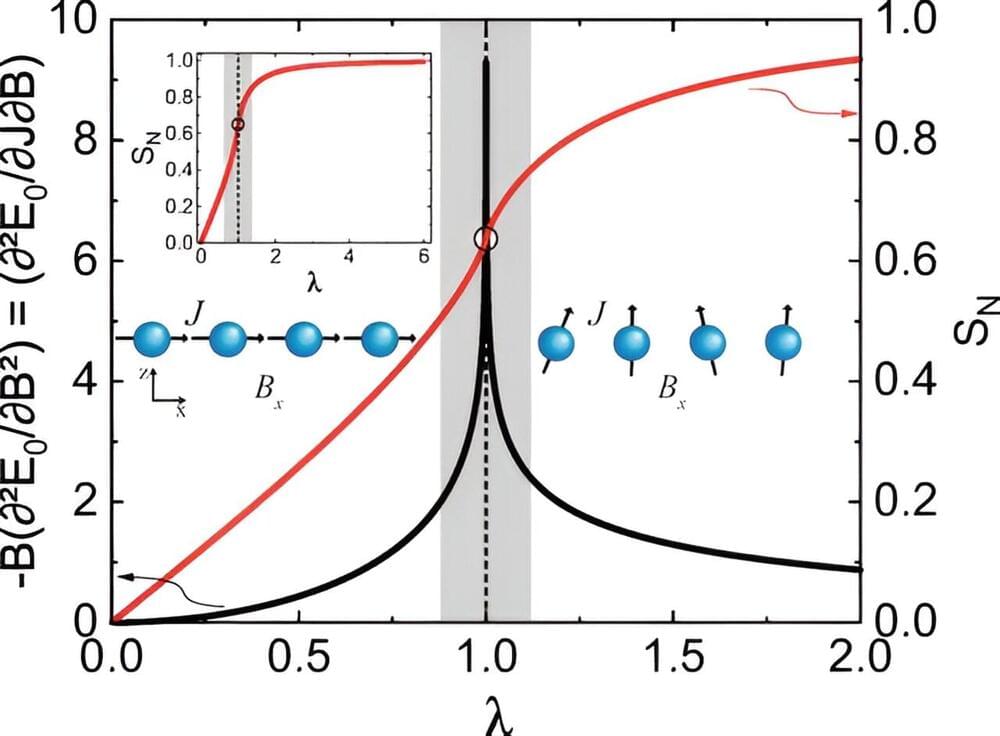Neutrinos produced inside an exploding star could betray exotic particles that would lead to a deeper theory of physics. Will our detectors be ready in time for the next nearby supernova?



Though highly capable – far outperforming humans in big-data pattern recognition tasks in particular – current AI systems are not intelligent in the same way we are. AI systems aren’t structured like our brains and don’t learn the same way.
AI systems also use vast amounts of energy and resources for training (compared to our three-or-so meals a day). Their ability to adapt and function in dynamic, hard-to-predict and noisy environments is poor in comparison to ours, and they lack human-like memory capabilities.
Our research explores non-biological systems that are more like human brains. In a new study published in Science Advances, we found self-organising networks of tiny silver wires appear to learn and remember in much the same way as the thinking hardware in our heads.
Strategic capability
The development of the new technology was done for the effective utilization of drones in life-saving search and rescue operations, as well as the dependable delivery of packages. For this, their ability to navigate through dynamic environments seamlessly and without mishaps is crucial.

Professor Amir Capua, head of the Spintronics Lab within the Institute of Applied Physics and Electrical Engineering at Hebrew University of Jerusalem, announced a pivotal breakthrough in the realm of light-magnetism interactions. The team’s unexpected discovery reveals a mechanism wherein an optical laser beam controls the magnetic state in solids, promising tangible applications in various industries.
“This breakthrough marks a paradigm shift in our understanding of the interaction between light and magnetic materials,” stated Professor Capua. “It paves the way for light-controlled, high-speed memory technology, notably Magnetoresistive Random Access Memory (MRAM), and innovative optical sensor development. In fact, this discovery signals a major leap in our understanding of light-magnetism dynamics.”
The research challenges conventional thinking by unraveling the overlooked magnetic aspect of light, which typically receives less attention due to the slower response of magnets compared to the rapid behavior of light radiation.
Boston Dynamic’s legged robots won the internet by doing parkour and dancing to classic R&B. The company’s founder Marc Raibert now leads an institute trying to make the machines more independent.

Entanglement is a property of quantum physics that is manifested when two or more systems interact in such a way that their quantum states cannot be described independently. In the terminology of quantum physics, they are said to be entangled, i.e. strongly correlated. Entanglement is of paramount importance to quantum computing. The greater the entanglement, the more optimized and efficient the quantum computer.
A study conducted by researchers affiliated with the Department of Physics at São Paulo State University’s Institute of Geosciences and Exact Sciences (IGCE-UNESP) in Rio Claro, Brazil, tested a novel method of quantifying entanglement and the conditions for its maximization. Applications include optimizing the construction of a quantum computer.
An article on the study is published as a letter in Physical Review B.

Shift Robotics is set to introduce its latest innovation, the Moonwalkers X, at CES 2024, showcasing advancements that make these robotic shoes significantly lighter, quicker, and smarter than their predecessor.
The Moonwalkers X, with six wheels instead of 10, is poised to redefine the landscape of commercial mobility. Xunjie Zhang, CEO and founder of Shift Robotics, expressed excitement about the upcoming launch, stating, “With Moonwalkers X, we’ve redefined lightweight mobility by trimming nearly a pound from the original design.”


Medication delivered by a novel gel cured 100% of mice with an aggressive brain cancer, a striking result that offers new hope for patients diagnosed with glioblastoma, one of the deadliest and most common brain tumors in humans.
Cui’s team combined an anticancer drug and an antibody in a solution that self-assembles into a gel to fill the tiny grooves left after a brain tumor is surgically removed. The gel can reach areas that surgery might miss and current drugs struggle to reach to kill lingering cancer cells and suppress tumor growth. The results are published in Proceedings of the National Academy of Sciences.
The gel also seems to trigger an immune response that a mouse’s body struggles to activate on its own when fighting glioblastoma. When the researchers rechallenged surviving mice with a new glioblastoma tumor, their immune systems alone beat the cancer without additional medication. The gel appears to not only fend off cancer but help rewire the immune system to discourage recurrence with immunological memory, researchers said.
Still, surgery is essential for this approach, the researchers said. Applying the gel directly in the brain without surgical removal of the tumor resulted in a 50% survival rate.